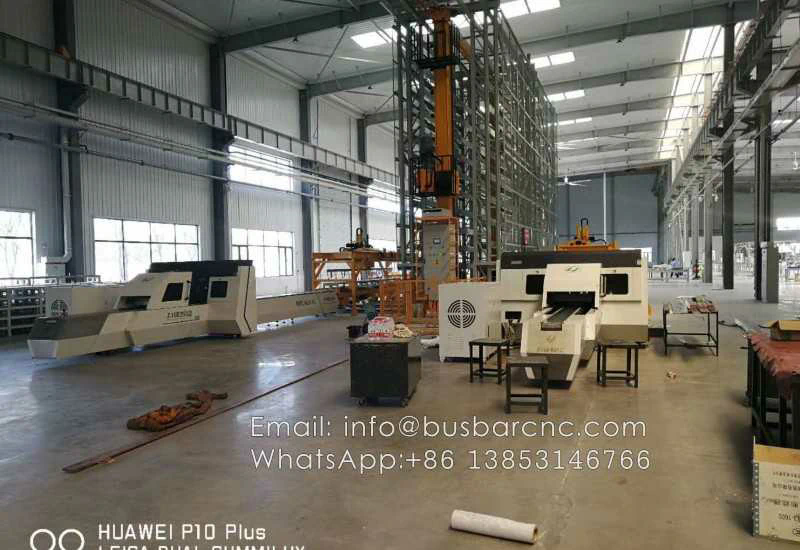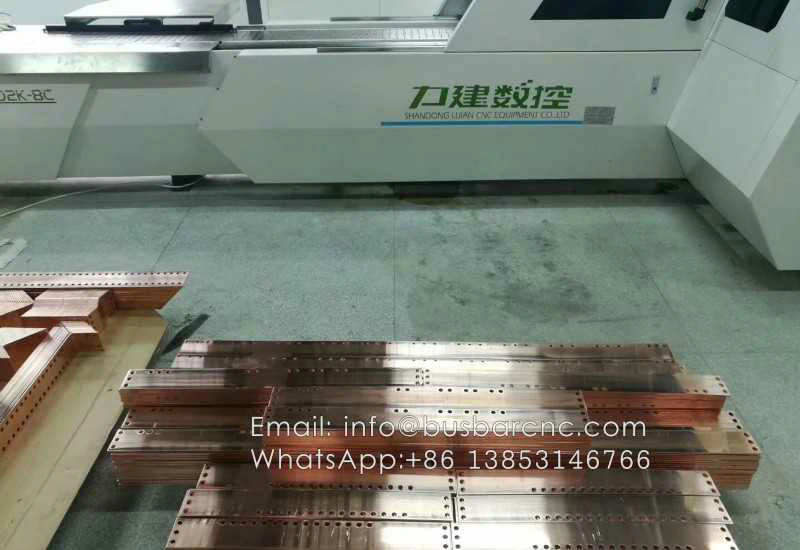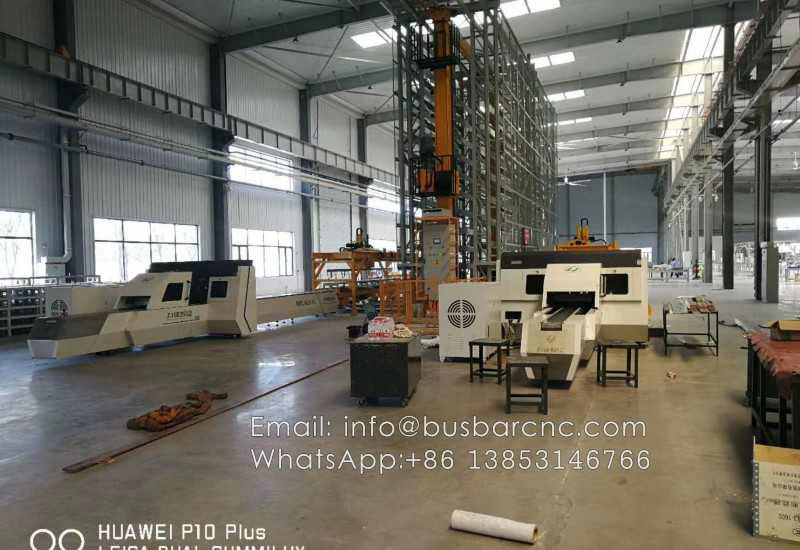Navigating the Complexity of Busbar Fabrication Machines
Busbar fabrication machines play a crucial role in the electrical industry, enabling the efficient and precise production of busbars for various applications. These machines are essential for cutting, punching, bending, and assembling busbars to meet the specific requirements of electrical systems. However, navigating the complexity of busbar fabrication machines can be challenging, given the diverse range of features and capabilities available in the market. In this comprehensive guide, we will explore the key aspects of busbar fabrication machines, including their functionality, types, benefits, and considerations for selecting the right machine for your needs.
Functionality of Busbar Fabrication Machines
Busbar fabrication machines are designed to streamline the production process of busbars, which are essential components for distributing electrical power within switchgear, distribution boards, and other related applications. These machines are equipped with various capabilities to perform tasks such as cutting, punching, bending, embossing, and assembling busbars with high precision and efficiency. The integration of advanced technologies such as CNC (Computer Numerical Control) systems and servo motors enables these machines to achieve complex fabrication processes with minimal human intervention, ensuring consistent quality and accuracy in the final products.
Types of Busbar Fabrication Machines
There are several types of busbar fabrication machines available in the market, each catering to specific fabrication requirements and production volumes. Some of the common types include:

1. Busbar Cutting Machines: These machines are designed to accurately cut busbars to the required length with clean edges and minimal material wastage. They utilize technologies such as hydraulic shearing or CNC-controlled blades to achieve precise cutting results.
2. Busbar Punching Machines: These machines are equipped with multiple punching heads to create holes, cut-outs, and notches on busbars as per the design specifications. They offer flexibility in creating various hole patterns and shapes to accommodate different connection configurations.
3. Busbar Bending Machines: These machines enable the precise bending of busbars to achieve angular or curved shapes, essential for fitting busbars within confined spaces or matching specific installation requirements. They utilize programmable bending sequences to ensure accurate and repeatable results.
4. Busbar Embossing Machines: Embossing machines are utilized to create identification marks, labels, or company logos on busbars for traceability and aesthetic purposes. They use specialized tooling to emboss characters or designs onto the surface of the busbars without compromising their structural integrity.
5. Busbar Assembly Machines: These machines are designed to streamline the assembly process by automatically positioning and fastening busbar components such as connectors, insulators, and support structures. They enhance productivity by reducing manual handling and assembly time.
Benefits of Busbar Fabrication Machines
The adoption of busbar fabrication machines offers several benefits to manufacturers and fabricators in the electrical industry. Some of the key advantages include:
1. Enhanced Productivity: By automating critical fabrication processes, busbar fabrication machines significantly increase production output and reduce lead times, allowing manufacturers to meet tight deadlines and customer demands effectively.
2. Precision and Quality: The use of advanced control systems and machining technologies ensures that busbars are fabricated with high precision and quality, minimizing errors and rework while maintaining consistent standards.
3. Versatility: Busbar fabrication machines are versatile in handling various busbar materials such as copper, aluminum, and brass, along with different thicknesses and lengths, providing flexibility in addressing diverse application requirements.

4. Cost Savings: The efficiency busbar bending and material optimization achieved through busbar fabrication machines lead to cost savings in terms of reduced labor costs, minimized material wastage, and improved resource utilization.
Considerations for Selecting Busbar Fabrication Machines
When choosing a busbar fabrication machine for a specific application, several factors need to be considered to ensure the machine’s compatibility and performance. These considerations include:
1. Production Capacity: Evaluate the expected production volumes and turnaround times to select a machine that can meet the required output without causing bottlenecks in the fabrication workflow.
2. Fabrication Capabilities: Identify the specific fabrication processes such as cutting, punching, bending, and embossing that are essential for the intended busbar production, and choose a machine with the corresponding capabilities.
3. Automation Level: Consider the degree of automation required based on the complexity of the fabrication tasks and the available resources for operating the machine.
4. Footprint and Integration: Assess the space availability and the integration of the busbar fabrication machine within the existing production setup to ensure seamless operation and workflow optimization.
5. Maintenance and Support: Evaluate the manufacturer’s support services, availability of spare parts, and the overall maintenance requirements to sustain the machine’s performance over its operational lifespan.
Navigating the complexity of busbar fabrication machines involves understanding the diverse range of functionalities, types, benefits, and considerations associated with these advanced manufacturing tools. By leveraging the capabilities of busbar fabrication machines, manufacturers and fabricators can optimize their production processes, achieve superior quality and precision, and stay competitive in the dynamic electrical industry. As technology continues to advance, the evolution of busbar fabrication machines will further enhance efficiency, flexibility, and innovation in busbar production, driving the progress of the electrical infrastructure worldwide.
https://hmimicro.com/
